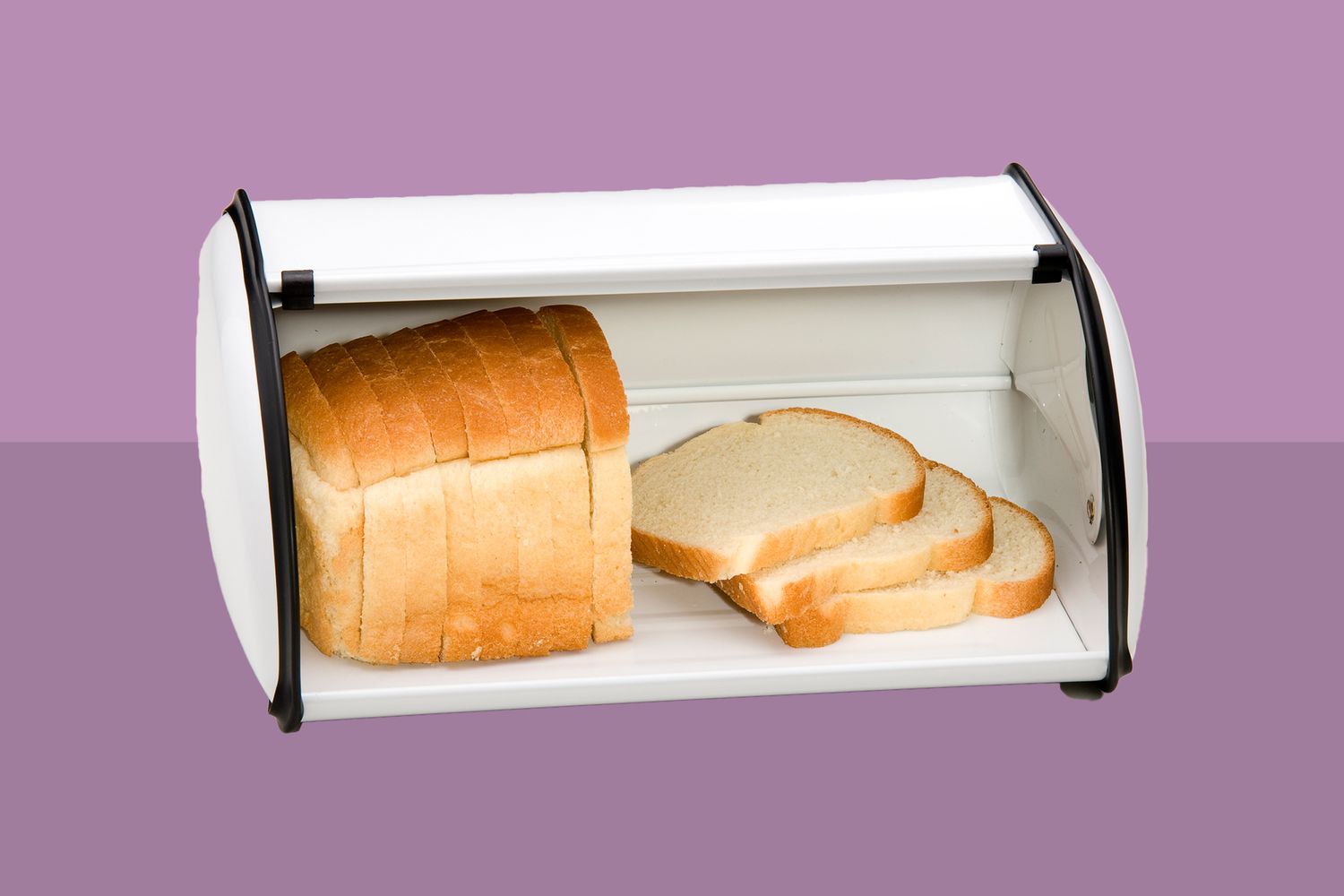

Articles
How To Store A Loaf Of Bread
Modified: August 24, 2024
Learn the best methods for storing a loaf of bread in order to keep it fresh and prevent it from going stale. Read more in our informative articles.
(Many of the links in this article redirect to a specific reviewed product. Your purchase of these products through affiliate links helps to generate commission for Storables.com, at no extra cost. Learn more)
Introduction
Welcome to the wonderful world of bread! A freshly baked loaf of bread is a thing of beauty – the aroma, the softness, and the delicious taste. But what happens when you can’t finish the whole loaf in one sitting? Proper bread storage becomes essential to maintain its freshness and taste. In this article, we will explore the various methods and tips for storing bread to ensure its longevity and deliciousness.
Why is proper bread storage important, you may ask? Well, bread is a delicate food item that can quickly become dry, stale, or moldy if not stored correctly. By understanding the different storage methods and techniques, you can maximize the shelf life of your bread and enjoy it for a longer period of time.
Are you ready to dive into the world of bread storage? Let’s explore some general tips and specific methods for storing bread based on your needs and preferences.
Key Takeaways:
- Proper bread storage is crucial for maintaining freshness, preventing staleness, mold growth, and food waste. Understanding different storage methods and techniques can maximize the shelf life of bread.
- Whether storing at room temperature, in the freezer, or in the refrigerator, each method has its benefits and considerations. Reheating frozen bread and reviving stale bread can bring back the delicious flavors and textures.
Read more: How To Store A Loaf Of Sourdough
Why Proper Bread Storage is Important
Effective bread storage is crucial for maintaining the quality and freshness of your loaf. Here are a few reasons why proper bread storage is important:
- Preventing staleness: Bread contains moisture, and when exposed to air, it loses moisture and becomes stale. Storing bread properly helps to slow down this moisture loss, keeping your bread softer and fresher for longer.
- Avoiding mold growth: Bread is susceptible to mold growth, especially in warm and humid environments. By storing your bread correctly, you can minimize the risk of mold formation and extend its shelf life.
- Preserving flavor and texture: Whether your bread is crusty, soft, or chewy, proper storage helps to maintain its unique texture and flavor. This ensures that each slice tastes just as delicious as the day you bought it.
- Reducing food waste: By storing bread properly, you can prevent it from going bad prematurely, reducing the amount of bread that goes to waste. This not only saves you money but also helps to minimize the environmental impact of food waste.
Now that we understand why proper bread storage is important, let’s delve into some general tips that can be applied regardless of the specific storage method you choose.
General Tips for Bread Storage
Before we explore specific methods of bread storage, let’s go over some general tips that will help keep your bread fresh and tasty:
- Leave bread to cool: Allow your freshly baked or store-bought bread to cool completely before storing it. If you store bread while it’s still warm, it can create excess moisture inside the container or bag, leading to a faster staleness or mold growth.
- Avoid direct sunlight: Keep your bread away from direct sunlight as it can accelerate the staling process and affect the texture and flavor. Find a cool, dark spot in your kitchen or pantry for bread storage.
- Consider the packaging: If you purchased bread from a bakery or grocery store, it is often packed in a bread bag. This bag is designed to retain some moisture and provide a suitable environment for the bread. If you discard the bag, replace it with a clean, airtight container or bag for storage.
- Avoid moisture: Moisture is the enemy of good bread storage. Be careful not to store bread near the sink, dishwasher, or any other sources of moisture in your kitchen.
These general tips will serve as a foundation for successful bread storage. Now, let’s explore the different methods of bread storage, starting with storing bread at room temperature.
Storing Bread at Room Temperature
One of the simplest and most common methods of bread storage is storing it at room temperature. This method is suitable for bread that you plan to consume within a few days.
Here are some steps to follow for storing bread at room temperature:
- Wrap it properly: Place your bread in a clean, breathable bread bag or wrap it in a clean kitchen towel. Avoid using plastic bags as they can trap moisture and promote mold growth.
- Find a suitable location: Choose a cool area in your kitchen or pantry away from direct sunlight or heat sources. The ideal temperature range for storing bread at room temperature is around 20-24°C (68-75°F).
- Avoid refrigeration: Contrary to popular belief, refrigerating bread isn’t recommended for most types of bread. It can cause the bread to dry out and become stale faster.
- Consume within a few days: Bread stored at room temperature is best consumed within 2-3 days to enjoy it at its freshest. After this time, it may become stale or start developing mold.
By following these simple steps, you can enjoy fresh and delicious bread stored at room temperature. However, if you want to extend the shelf life of your bread even further, you may consider storing it in the freezer. Let’s explore this method next.
Storing Bread in the Freezer
If you want to keep your bread fresh for an extended period or have bought multiple loaves that you won’t be able to consume within a few days, storing bread in the freezer is a great option. Freezing bread is a convenient method that allows you to enjoy fresh slices whenever you need them.
Here’s how you can store bread in the freezer:
- Prep for freezing: If your bread is in a bread bag or any other packaging, ensure it is tightly sealed. If it came in a paper bag, consider transferring it to a plastic bag for better protection against freezer burn.
- Wrap it well: Wrap the bread tightly in plastic wrap or aluminum foil. This will help keep the moisture in and prevent freezer burn.
- Label and date: It’s important to label the wrapped bread with the date of freezing. This will help you keep track of when it needs to be used by and prevent it from being forgotten in the freezer.
- Freeze it: Place the wrapped bread in the freezer, ideally in a dedicated bread storage section or an airtight container. This will protect it from picking up any odors from other frozen items.
- Thaw as needed: When you’re ready to enjoy some bread, simply take out the desired number of slices or the whole loaf and allow it to thaw at room temperature. Once thawed, you can consume it as is or refresh it in the oven for a few minutes for a crusty texture.
By following these steps, you can freeze bread and enjoy its freshness for up to several months. This method ensures that you always have bread on hand, ready to be enjoyed whenever you need it. However, it’s important to note that not all types of bread freeze equally well. Some bread, particularly crusty varieties, may lose their texture and become slightly softer after freezing. Nevertheless, freezing is a convenient way to preserve bread for longer periods.
If you prefer storing bread in the refrigerator, let’s move on to the next section.
Read also: 11 Superior 2 Loaf Bread Machine For 2024
Storing Bread in the Refrigerator
While refrigeration is not the ideal method for bread storage, it can be used as a temporary solution to extend the shelf life of certain bread types. The cold environment of the refrigerator helps slow down the growth of molds and bacteria, but keep in mind that refrigeration can also accelerate the staling process.
Here’s how you can store bread in the refrigerator:
- Use airtight packaging: Transfer your bread to an airtight container or resealable plastic bag. This will help prevent moisture loss and keep your bread from picking up odors from other foods in the refrigerator.
- Keep it away from moisture: Place your bread in a part of the refrigerator where it won’t be exposed to moisture, such as a vegetable drawer or the top shelf.
- Consume within a week: Bread stored in the refrigerator can last up to a week. Beyond that, it may start to become dry and lose its freshness.
- Consider toasting: If your refrigerated bread becomes slightly stale, you can revive it by toasting it. The heat will help refresh the texture and bring back some of the bread’s original flavor.
Remember that refrigeration is not suitable for all bread types. Storing moist and soft bread in the refrigerator can cause it to dry out quickly. Therefore, it’s best to consume bread stored in the refrigerator within a few days to ensure optimal freshness and taste.
Now that you know how to store bread in the refrigerator, let’s move on to the next section where we’ll discuss how to reheat frozen bread.
How to Reheat Frozen Bread
When it comes to enjoying frozen bread, proper reheating can make all the difference. Whether you’re thawing individual slices or the entire loaf, here are some methods to help you reheat frozen bread:
In the Oven:
- Preheat the oven: Set your oven to 350°F (175°C) and allow it to fully preheat.
- Wrap in foil: If you’re reheating a whole loaf, tightly wrap it in aluminum foil. For individual slices, you can wrap them together or place them on a baking sheet.
- Bake for 10-15 minutes: Place the wrapped bread in the preheated oven and bake for 10-15 minutes, or until the bread is thoroughly warmed and the crust is crisp.
- Remove and cool: Once reheated, carefully remove the bread from the oven and allow it to cool slightly before serving.
In the Toaster or Toaster Oven:
- Thaw the bread: If you’re reheating individual slices, let them thaw at room temperature for a few minutes to make the process easier.
- Toast to desired doneness: Place the slices in the toaster or toaster oven and toast them to your preferred level of crispness. Keep an eye on them to prevent burning.
- Enjoy: Once toasted, remove the bread and enjoy it immediately. Add your favorite spreads or toppings, if desired.
In the Microwave:
- Thaw briefly: If you’re reheating individual slices, let them thaw in the microwave for about 10-15 seconds to make them easier to separate.
- Wrap in a damp paper towel: Wrap the bread slices in a slightly damp paper towel to help retain moisture during the reheating process.
- Microwave for short intervals: Place the wrapped bread in the microwave and heat on medium power, microwaving in short 10-15 second intervals until the bread is warmed through.
- Enjoy: Once heated, remove the bread from the microwave, unwrap, and enjoy it while it’s still warm.
By following these reheating methods, you can enjoy frozen bread that tastes freshly baked and delicious. Now, let’s explore how to revive stale bread in case it happens.
How to Revive Stale Bread
Stale bread can be disappointing, but don’t fret! There are several methods to revive stale bread and bring it back to its delicious, fresh state. Here are a few techniques to consider:
Mist with Water:
- Preheat oven: Preheat your oven to 350°F (175°C).
- Mist the bread: Lightly moisten the surface of the stale bread with water using a spray bottle or by flicking water from your fingers onto the loaf.
- Bake for 5-10 minutes: Place the bread in the preheated oven for 5-10 minutes, or until it becomes warm and slightly crispy.
- Cool and enjoy: Once revived, allow the bread to cool slightly before serving. It should now have a refreshed texture and taste.
Steam Method:
- Preheat oven: Preheat your oven to 350°F (175°C).
- Add moisture: Moisten a clean kitchen towel with water and wrap it around the stale bread, leaving the ends exposed.
- Bake for 10 minutes: Place the wrapped bread in the preheated oven for about 10 minutes. The steam created by the moist towel will help soften the bread.
- Remove towel and cool: Carefully remove the towel from the bread and let it cool before serving. The bread should now be revitalized.
Slice and Refresh:
- Slice the bread: Cut the stale bread into slices or cubes, depending on your preference.
- Moisten with liquid: Dip the slices or cubes into a liquid of your choice, such as milk, water, or beaten eggs. Allow the bread to absorb the liquid for a few seconds.
- Cook on stovetop or oven: Place the moistened bread in a frying pan or bake it in the oven until it becomes crispy and heated through.
- Cool and enjoy: Once cooked, let the bread cool slightly before enjoying its renewed texture and flavor.
With these methods, you can breathe new life into stale bread, making it enjoyable to eat once again. Now that we’ve covered the techniques for reviving stale bread, let’s summarize our findings.
Store your loaf of bread in a cool, dry place, away from direct sunlight and heat. A bread box or a paper bag can help maintain freshness. Avoid storing in the fridge, as it can dry out the bread.
Conclusion
Proper bread storage is essential for maintaining the freshness, taste, and quality of your loaves. By following the tips and methods discussed in this article, you can ensure that your bread stays delicious for as long as possible. Whether you’re storing bread at room temperature, in the freezer, or in the refrigerator, each method has its own benefits and considerations.
Storing bread at room temperature is ideal for short-term storage, allowing you to enjoy your loaf within a few days. On the other hand, freezing bread is a great option for preserving its freshness for an extended period, providing you with convenient access to bread whenever you need it. While refrigeration can be used as a temporary solution, it should be done with caution to prevent dryness and accelerated staling.
When it comes to reheating frozen bread, using an oven, toaster, or microwave can help revive its flavors and textures. And if you find yourself with stale bread, misting it with water, utilizing steam, or even slicing and refreshing it can bring it back to life.
Remember to consider the type of bread you have and its specific storage needs. Crusty breads may require different storage methods than soft and moist breads. It’s also important to assess the shelf life of your bread based on its ingredients and any preservatives it may contain.
By applying these techniques, you can extend the lifespan of your bread, reduce food waste, and always have a fresh and delicious slice at your disposal. So go ahead and confidently store your bread, knowing that you have the knowledge and tools to keep it at its best for as long as possible.
Enjoy your perfectly stored and revitalized bread, and savor the delightful flavors that only a fresh slice can provide!
Frequently Asked Questions about How To Store A Loaf Of Bread
Was this page helpful?
At Storables.com, we guarantee accurate and reliable information. Our content, validated by Expert Board Contributors, is crafted following stringent Editorial Policies. We're committed to providing you with well-researched, expert-backed insights for all your informational needs.
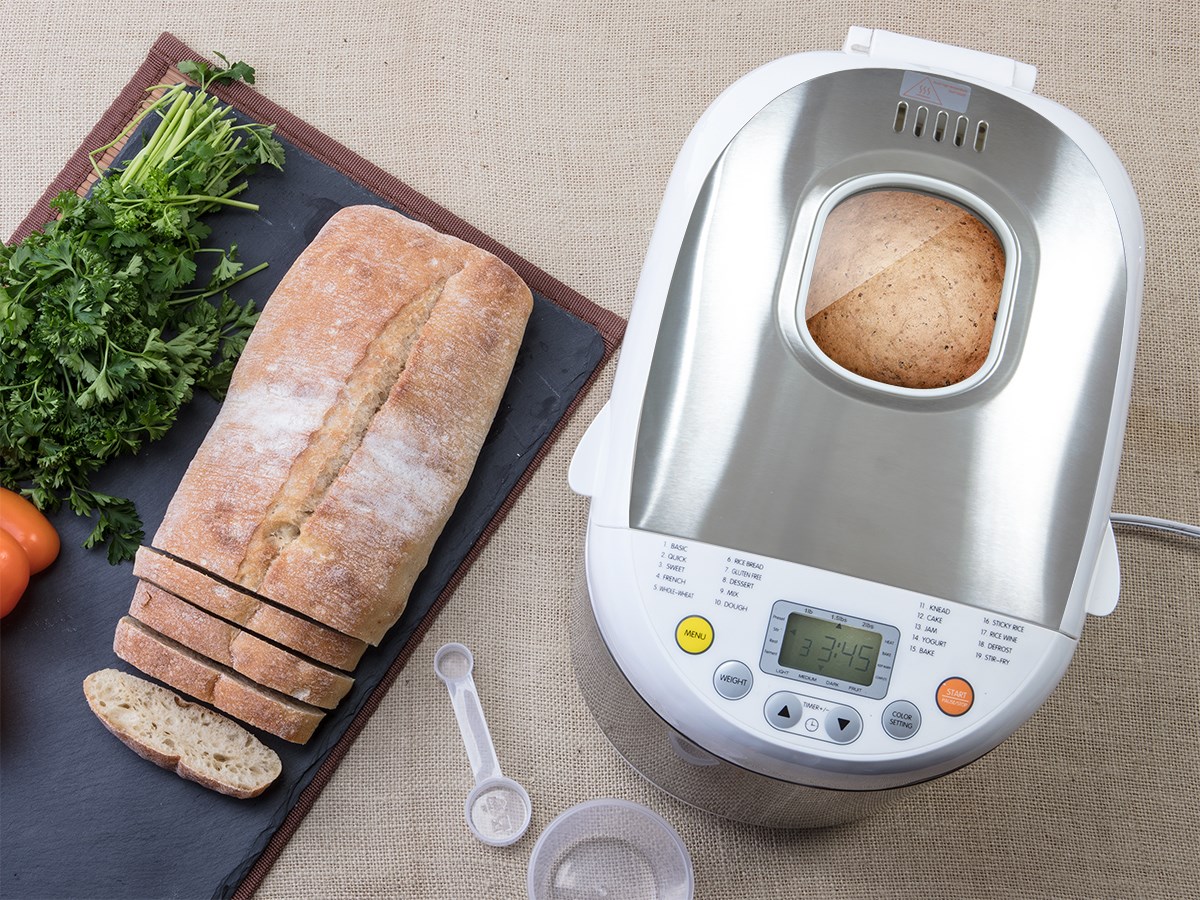

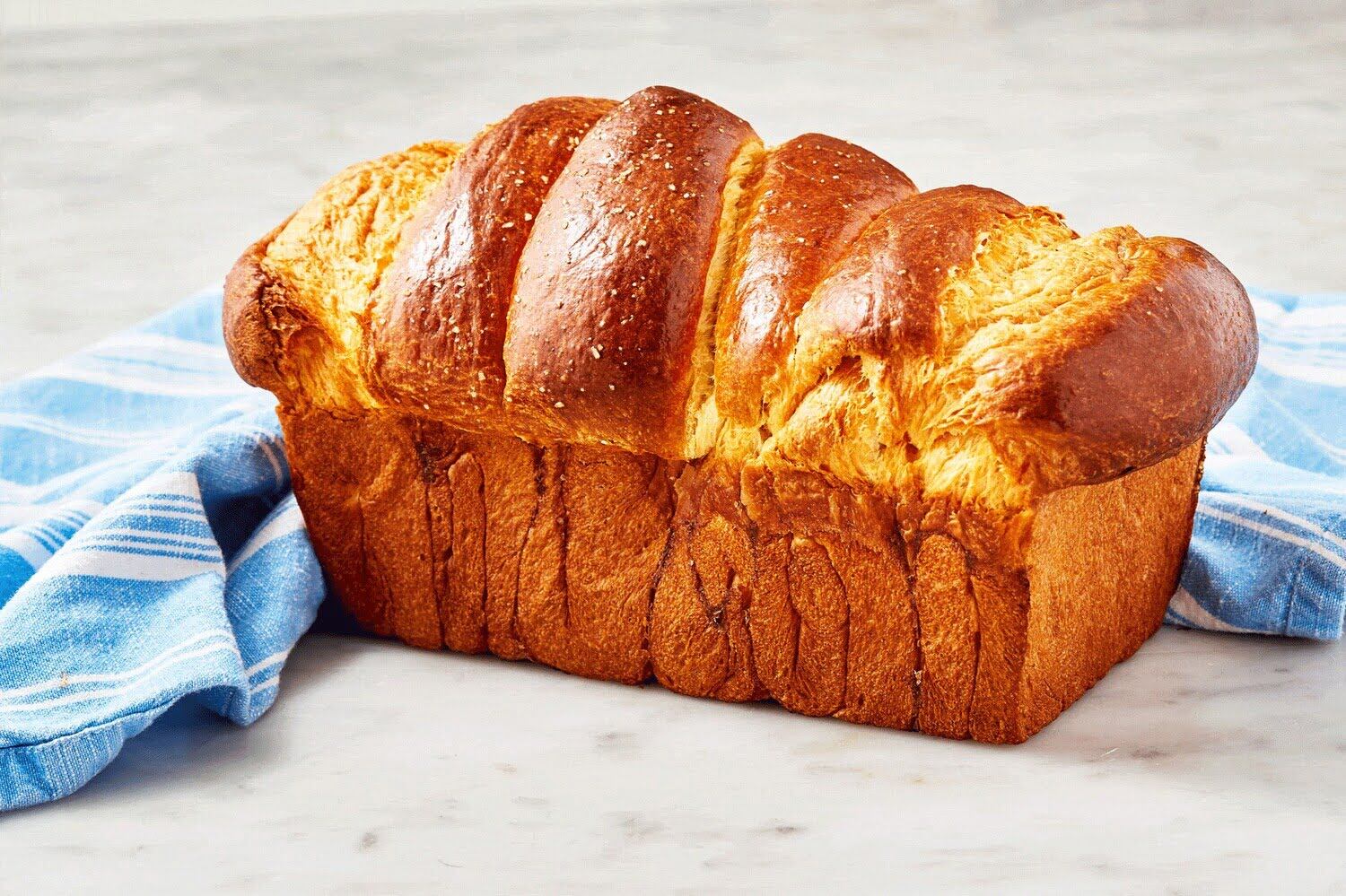
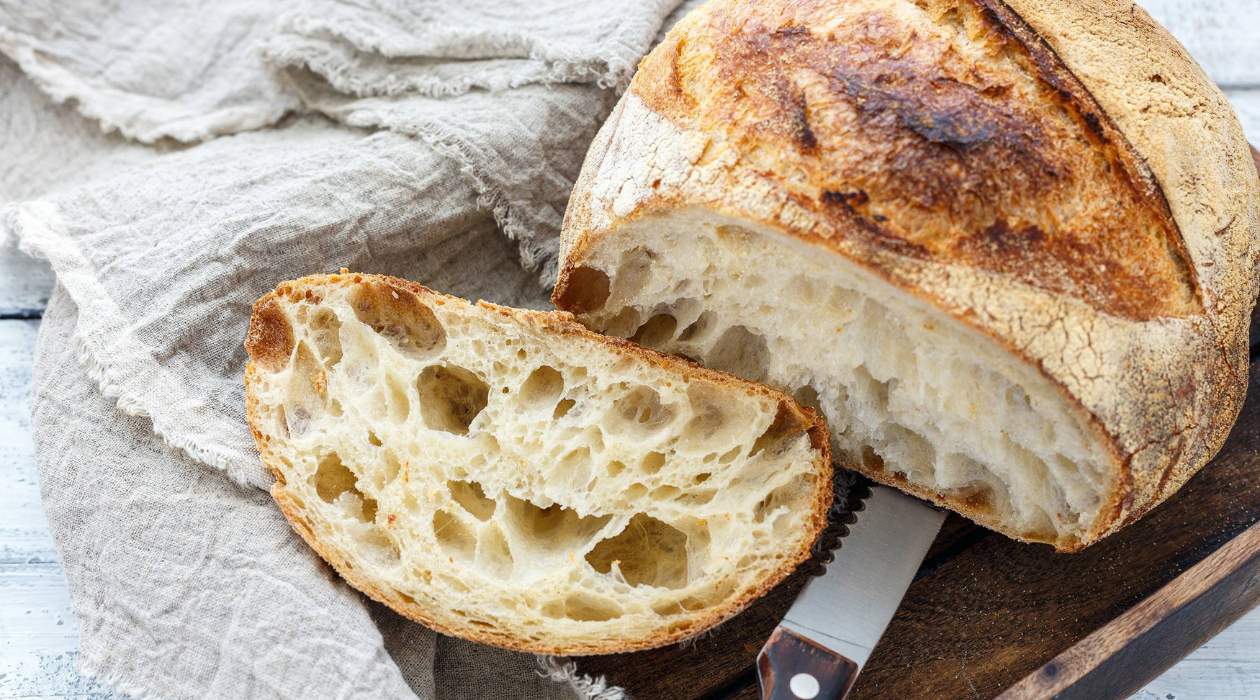


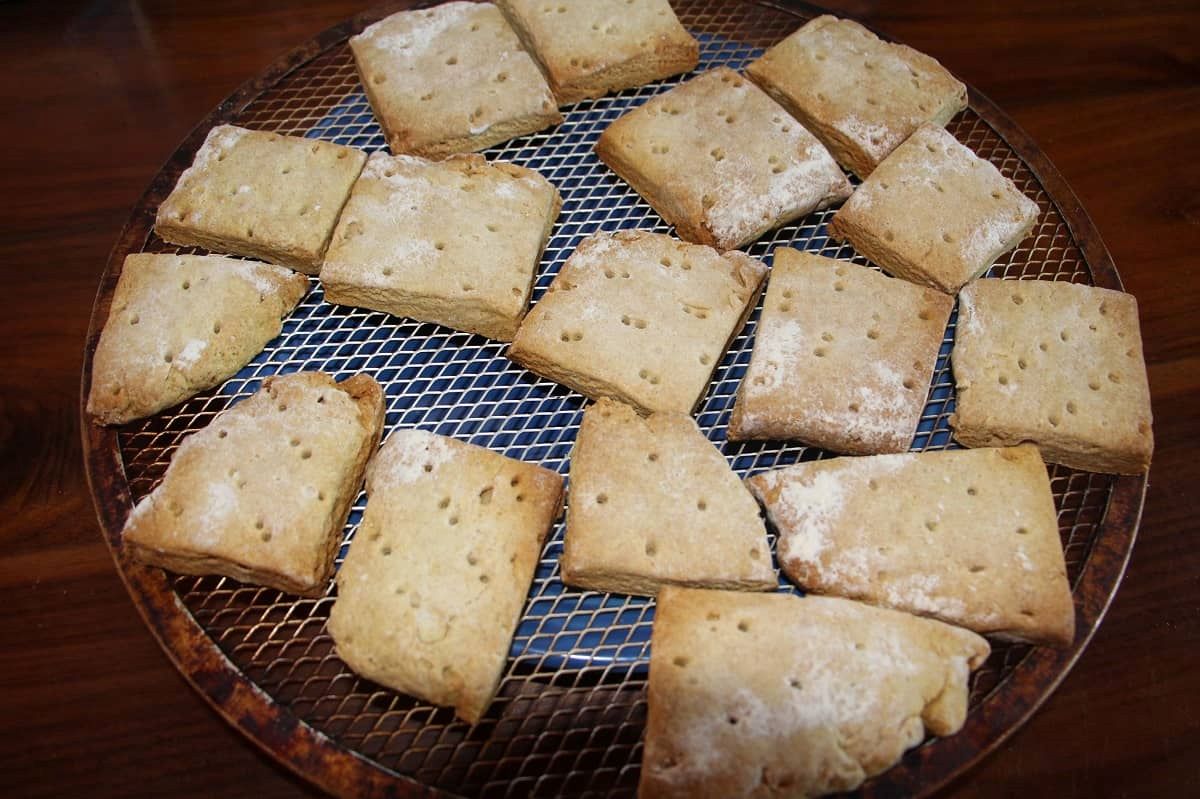
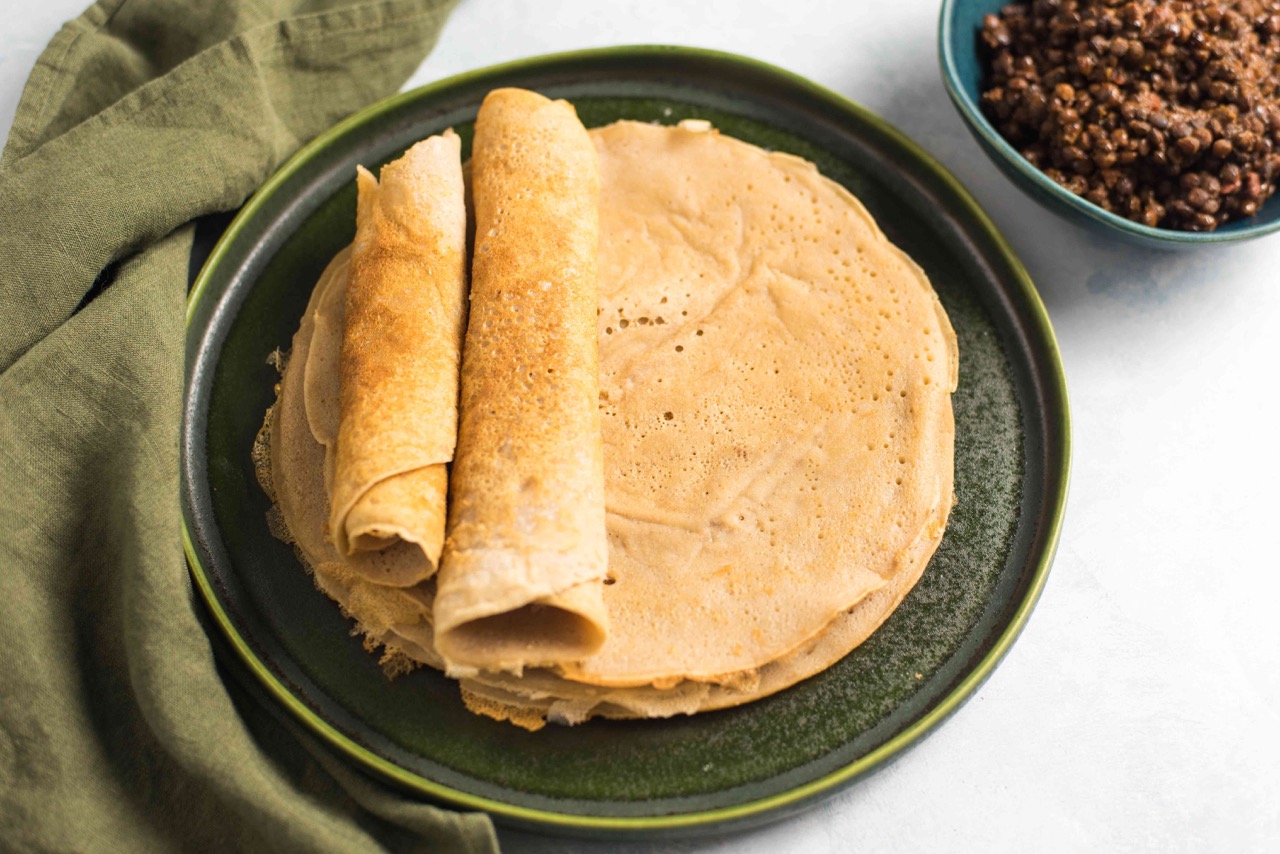
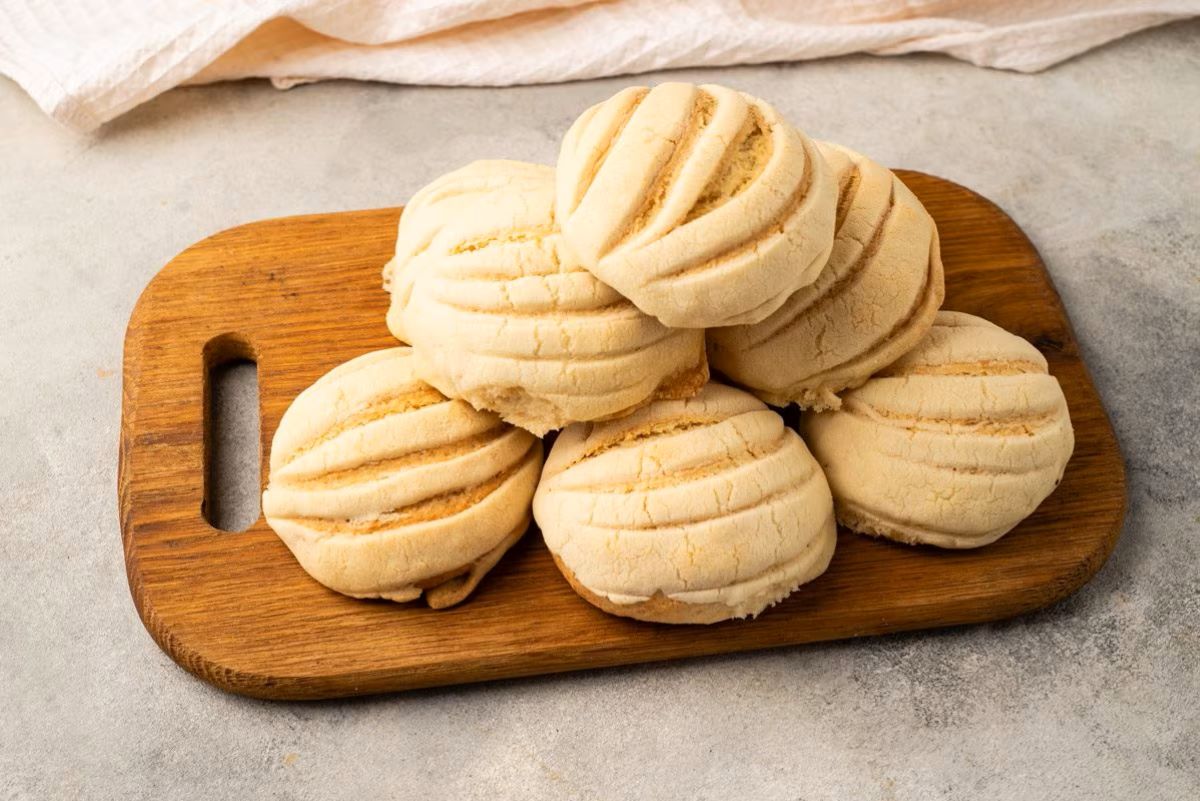
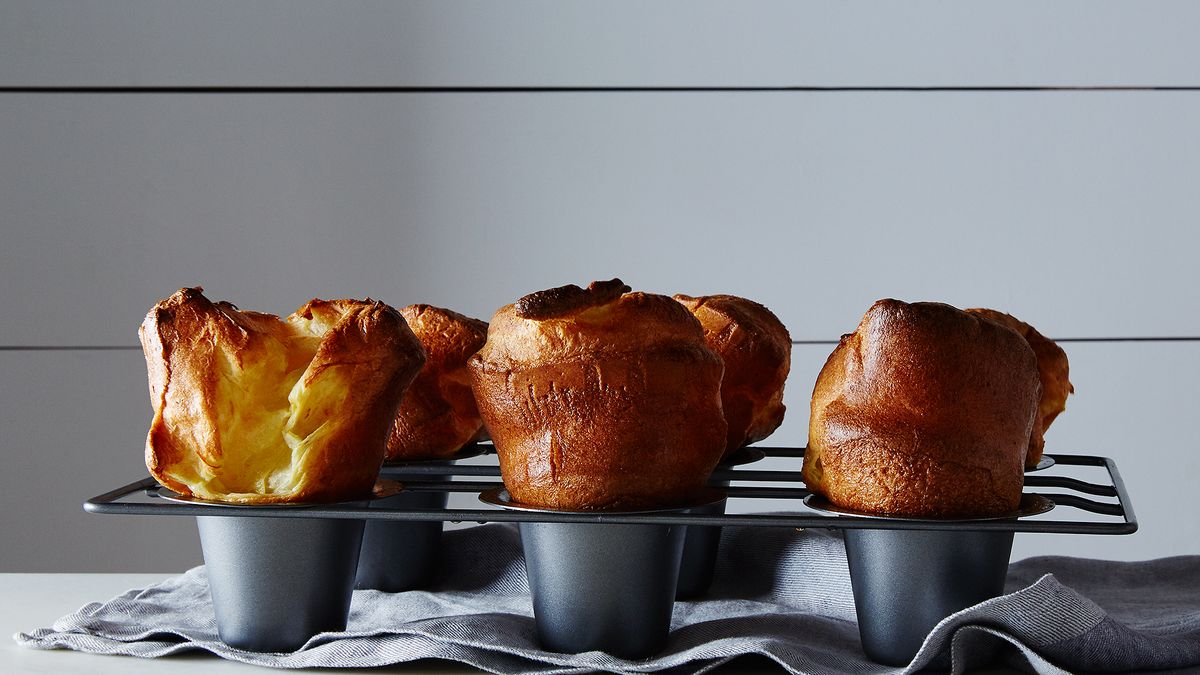
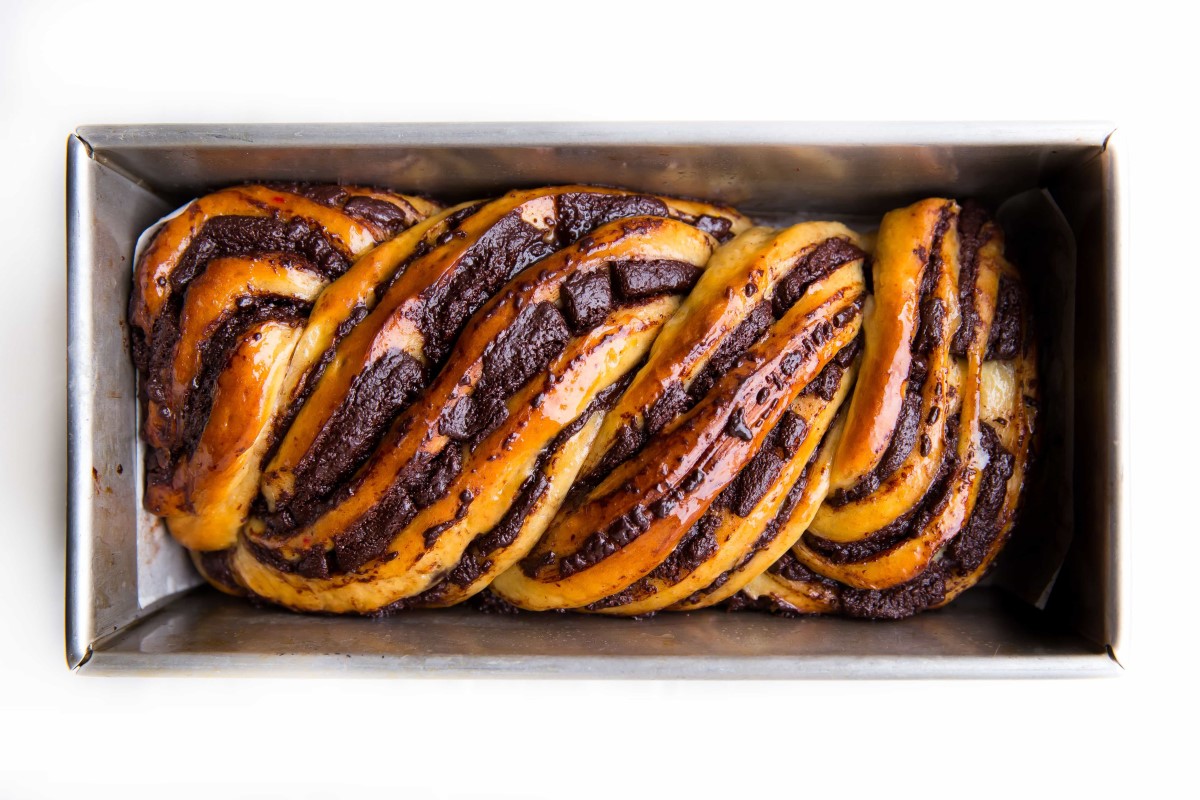
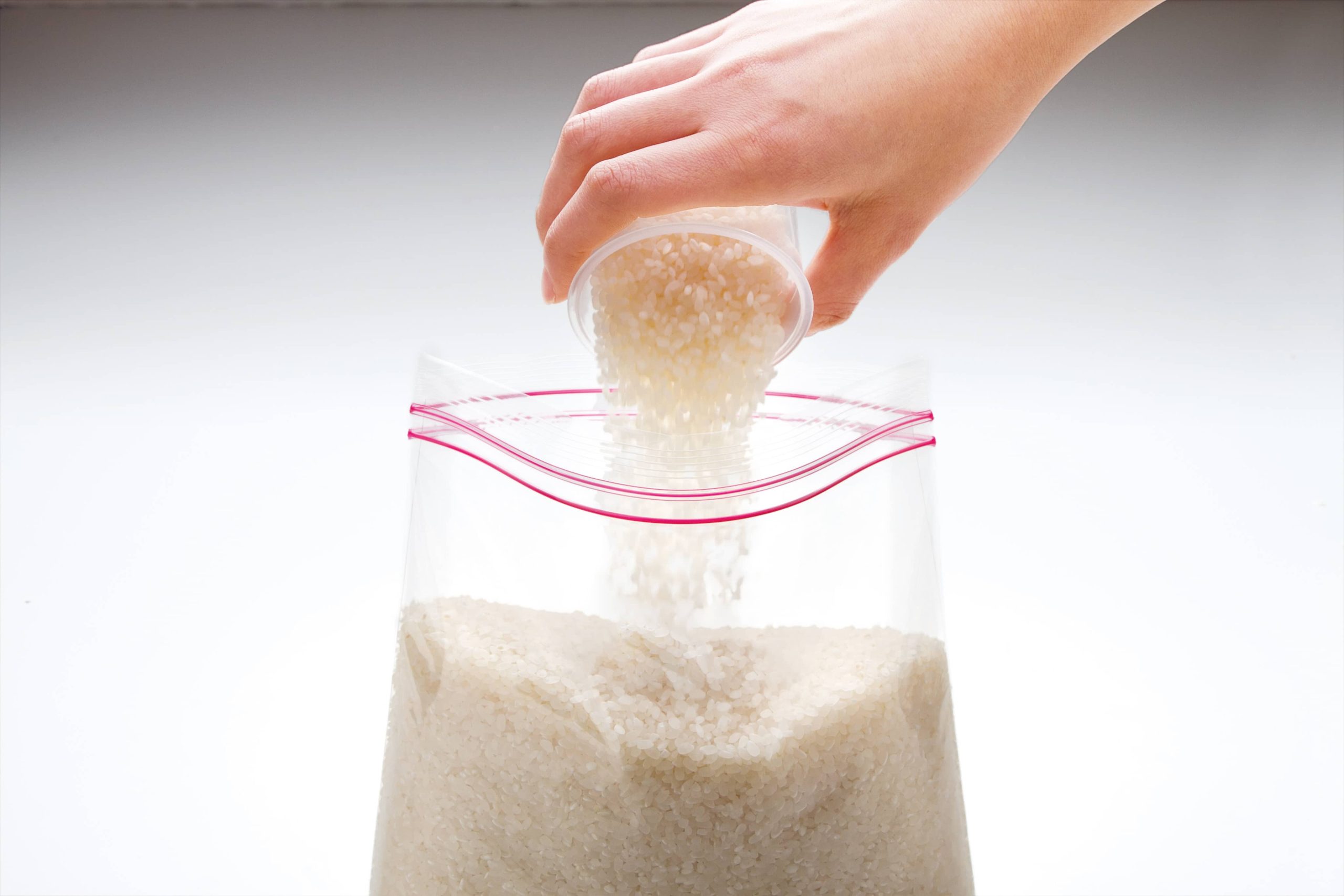

0 thoughts on “How To Store A Loaf Of Bread”